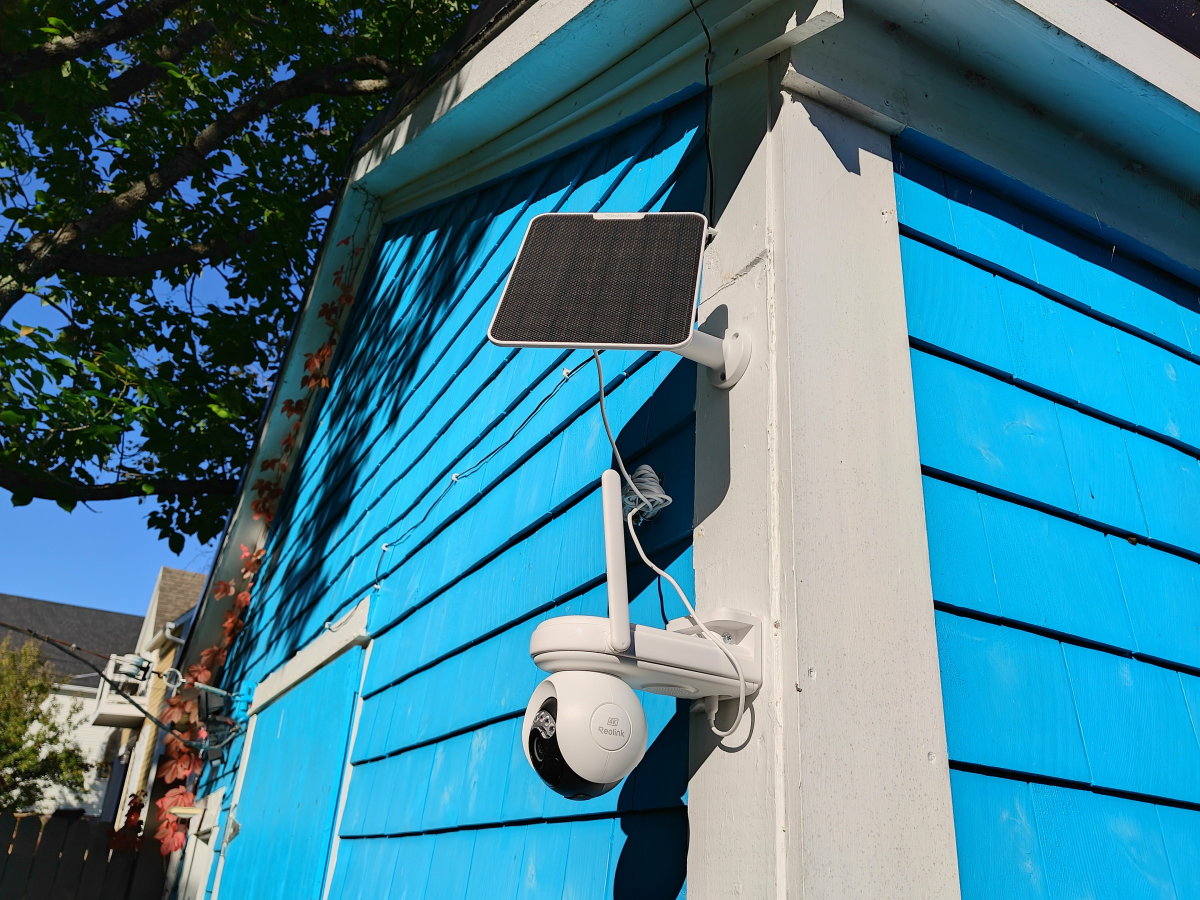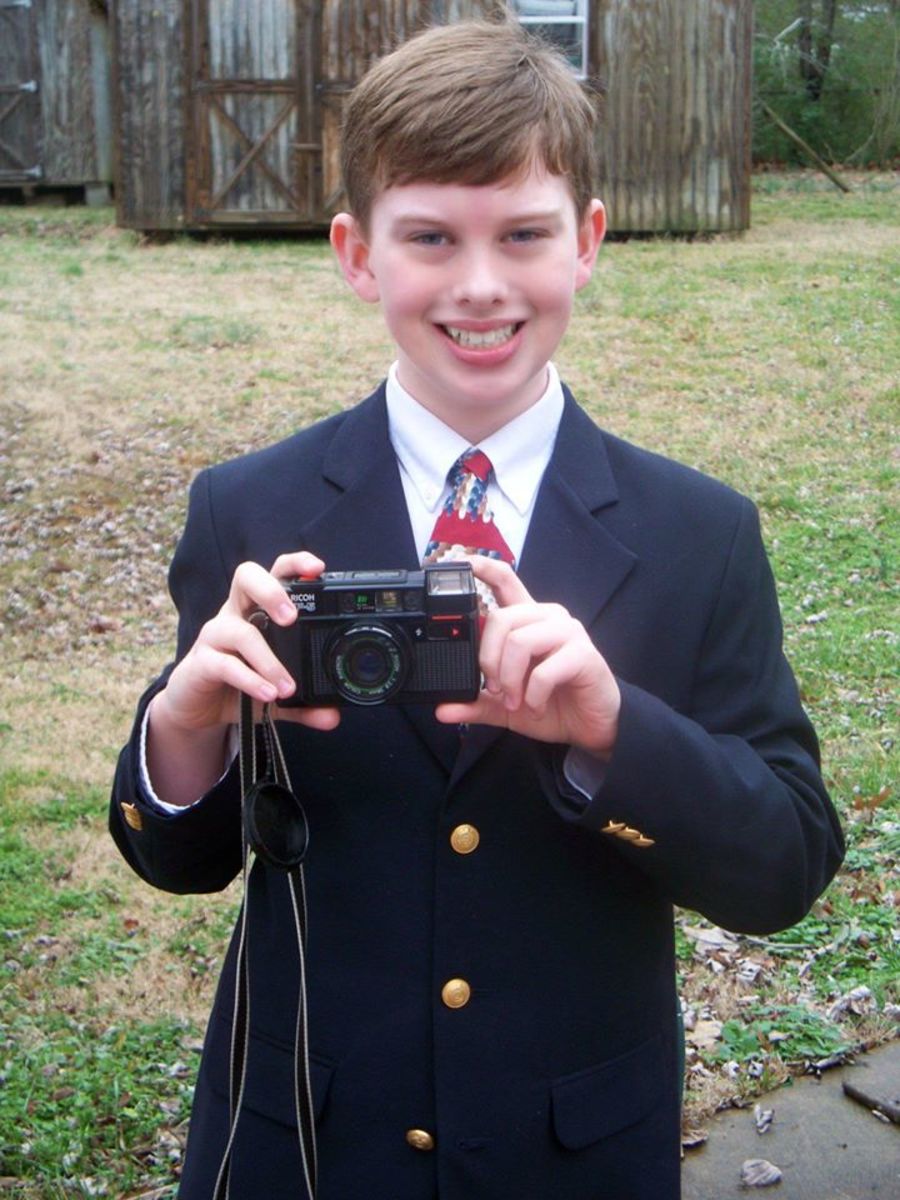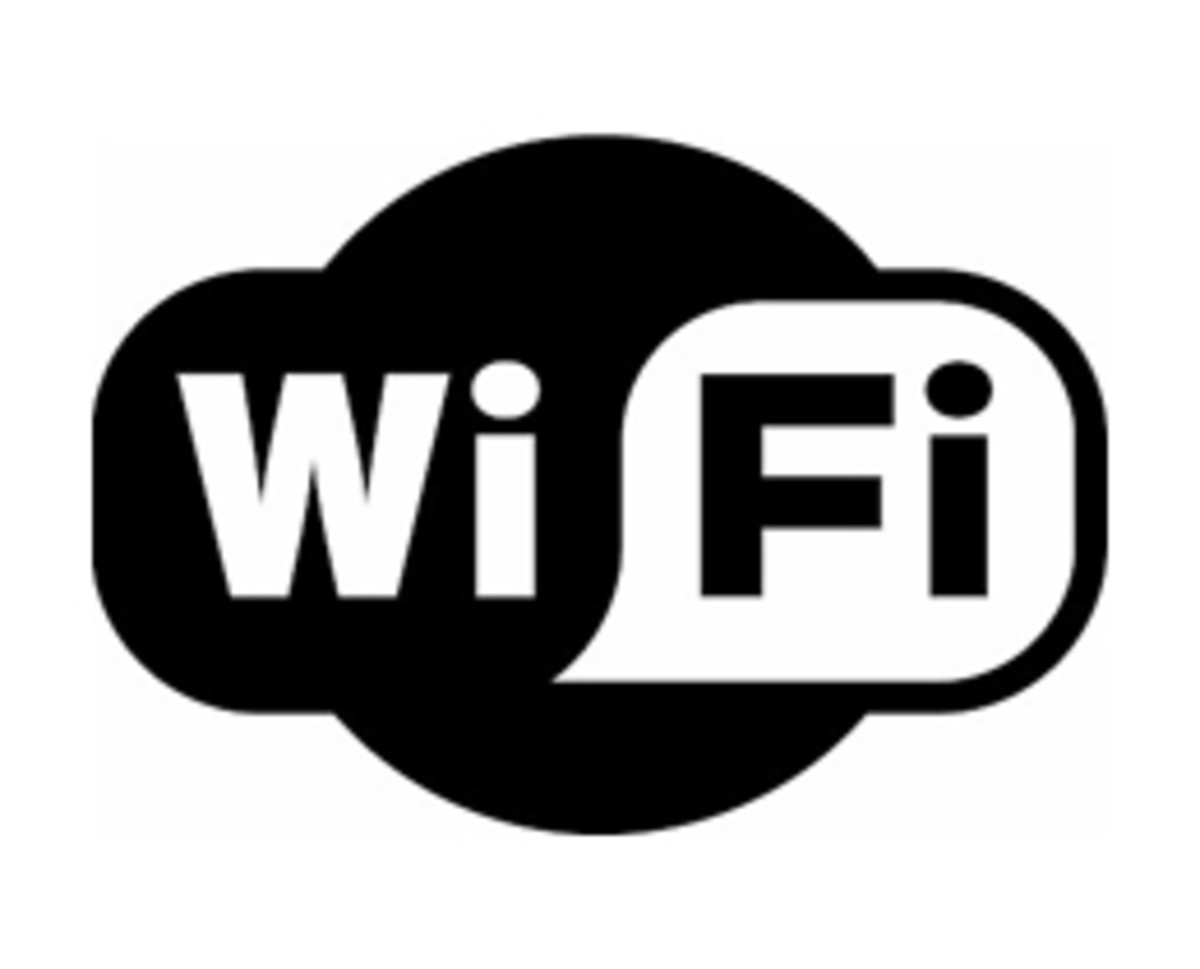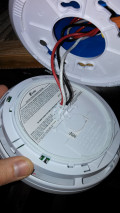Using Game Cameras for Security
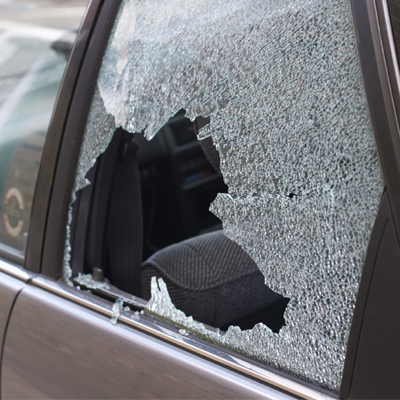
Property Surveillance
It is sad to say that there are people in this world that will try to take advantage of others. Theft and vandalism are serious issues in residential and rural areas, and they often cannot be prevented.
In the neighborhood that I live in, there were was a series of auto break-ins over the summer. The incidents would typically occur at night while residents were sleeping. The thieves would be long gone by the time their actions were discovered the following morning. Without a way to identify who the perpetrators were, they would remain free to engage in additional crimes.
As luck would have it, one of the neighborhood residents had installed a video surveillance system in their home the prior year. One of the cameras for this system was outside their home, and overlooking their driveway. Thanks to the infrared technology used by this system, the perpetrator's actions were captured on video and this gave the police their first lead.
As additional break-ins occurred, the thief was again caught on video, which gave the police additional details to be used in their suspect description and his method of operation. The following month, and individual matching this description was seen late at night in an apartment complex. After a search of the person's vehicle, additional evidence was found that let the officers know they had their man.
So you can see that while a video surveillance system did not prevent theft from property, it went a long way in ultimately getting the suspect arrested and putting an end to the crime spree. Surveillance systems can also be a great deterrent of crime, because not criminal knowingly wants their picture to be taken.
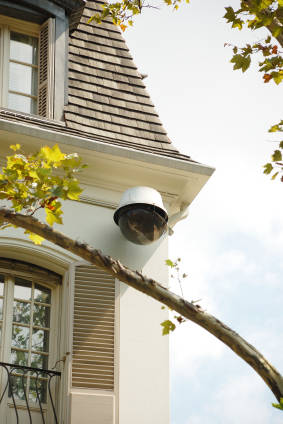
Pros and Cons of Video Surveillance Systems
So we already know that video security systems offer the benefits of deterring crimes, as well as helping police and law enforcement following up on their investigation. The benefits of having a video surveillance system are numerous, but there are some down-sides.
- Expense
Most video security systems are not cheap. They will usually have a digital video recorder unit which is at the center of the system. Cables are run from this system to each of the camera. The cost of the components can add up quickly depending upon the number of cameras needed to protect the property.
There is additional cost involved in installation. The average home owner will not want to crawl through the attic to run the cables from the cameras to the DVR. These systems are typically installed by professionals, and the installation expense can push the price tag up even further. - Installation
As mentioned above, these systems are often installed by professionals. This is due to the complexity of running the wires and mounting the cameras in the appropriate locations. In addition, these cameras require power for nighttime operation so that the infrared LEDs can light up their subjects without a visible flash. - Lack of Flexibility
In-home surveillance systems are not very flexible. Since cameras need to be mounted and wires run to the camera locations, once the cameras are set up that is where they are going to stay. You don't have the ability to easily change camera locations to cover additional areas for unique circumstances. - The Need for Power
Power is also an issue, especially for remote locations. I had a friend who wanted to video the vandals that were spray painting his back privacy fence. He did not have power on the back of his property though, and was unable to get a camera and power to that distance.
We also had the need a couple of years ago to monitor the property left in our deer camp between hunts. After a four-wheeler was stolen from our camp, all of our concerns increased. We did not have power in our remote deer cam, which limited our ability to monitor our property.
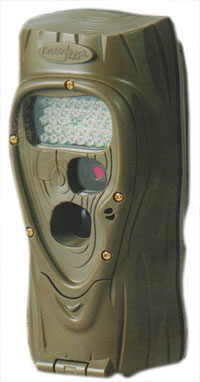
Scouting Cameras for Security
The type of scouting cameras that are used by deer hunters can also be used for property surveillance. Thanks to some recent advancements in technology, these devices are being used more and more frequently by consumers for monitoring purposes.
Infrared technology allows a digital game camera to capture pictures or videos in the dark, with no strobe flash. A flash that would light up the area would definitely alert a perpetrator to the existence of the camera. Infrared LEDs glow and emit a non-visible light that allows a game camera to record events in pure darkness.
The glowing LEDs on some models of game cameras are visible to the naked eye, and can be detected if you look directly at the camera. For this reason, it is advisable that you mount the camera in an elevated position that is out of reach. A game camera pivot mount is ideal for this. It can allow you to mount the camera in a tree and out of reach of passers-by. It can be pivoted up or down and left or right to get the perfect angle to cover the desired area.
Advancements in technology are turning out "low glow" or "no glow" infrared emitters, that are virtually undetectable. These are ideal for security.
Issues with power are eliminated when using a game camera for security. Trail cameras normally operate off of standard AA, C, or D cell batteries, and these can last as long as 6 months. For longer operation, you can turn to 6 volt battery kits, which are available for most models of game cameras. This solves one of the main issues for remote surveillance, like in my deer camp scenario above.
Larger memory capacities allow you to set up your game camera for surveillance and leave it in place for an extended period of time. Today's game camera's are starting to accept 16 GB memory cards, and can record tens of thousands of pictures and thousands of video clips. So you don't need to worry about swapping out memory cards frequently.
Time Lapse Surveillance for game cameras is the newest trend. This is starting to appear in many trail cams. This feature will allow the camera to take a picture every 5, 10, or 15 seconds, all day long. This feature has been huge for surveillance.
A normal game camera would need to have a subject pass withing 20 to 40 feet of it in order to trip the camera's passive infrared sensor. These sensors activate the camera when they detect a change in heat from a living beam passing in front of the sensor. This limited traditional game cameras' ability to capture images of their targets, because they had to pass within the camera's "detection zone".
On some game cameras, the time lapse video option is called a Food Plot Mode or a Guard Dog Mode. When activated, the camera will capture images on timed intervals no matter if there is a subject in the frame or not. This allows activities to be captured at great distances, as far as the eye can see. You can imagine how useful this would be for monitoring a long driveway leading back to a home. It would be ideal for monitoring that privacy fence that was being vandalized from my earlier example. It would be perfect for monitoring the shed or barn on the back of your property. The possibilities are endless. These devices can be set back away from the area that you want to monitor, and can do their job undetected.


